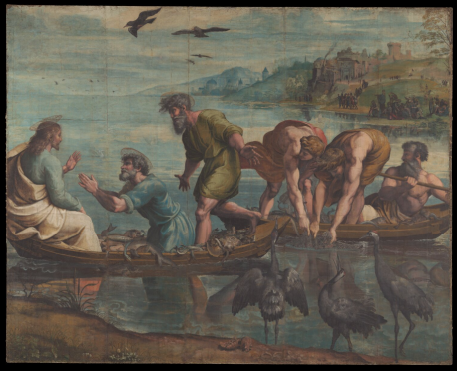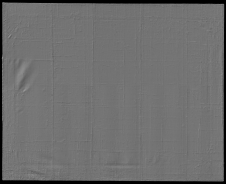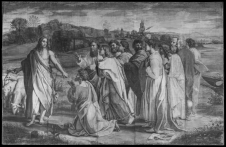New Online Tool Reveals Raphael’s Sistine Chapel Cartoons in Stunning Detail.
High-resolution scans from the V&A offer an unprecedented view of the Renaissance drawings, down to every last line and wrinkle, with options for Visible, Surface, and Infrared.
Visit the Victoria & Albert Museum to see the tool, here:
https://www.vam.ac.uk/articles/explore-the-raphael-cartoons
Michelangelo’s Sistine Chapel ceiling frescoes rank among the world’s most instantly recognizable artworks. But few know that 500 years ago, a cycle of tapestries by an equally renowned Renaissance master also adorned the Vatican City chapel’s walls. Raphael designed the works, which were created in Pieter van Aelst’s Brussels workshop between 1515 and 1521; woven with silver and gold threads, they tell stories from the lives of Saints Peter and Paul, two founding fathers of the Roman Catholic Church.
Raphael, who died in 1520 at just 37 years old, may have never seen all the completed tapestries in person. But the painter would have been intimately familiar with their “cartoons,” or preparatory drawings. As Hannah McGovern notes for the Art Newspaper, Raphael revised and finalized his designs for the tapestries on roughly 16.5- by 11.5-foot canvases, each comprised of more than 200 pieces of paper glued together.
During the 16th century, the Sistine Chapel cartoons were cut into strips and traded around Europe. The future Charles I purchased the drawings in 1623 and brought them back to his home country of England. In 1865, Queen Victoria loaned the drawings to the South Kensington Museum, now the Victoria and Albert (V&A), where they have remained ever since, reported Mark Brown for the Guardian in 2019.
(via SmithsonianMag.com)





